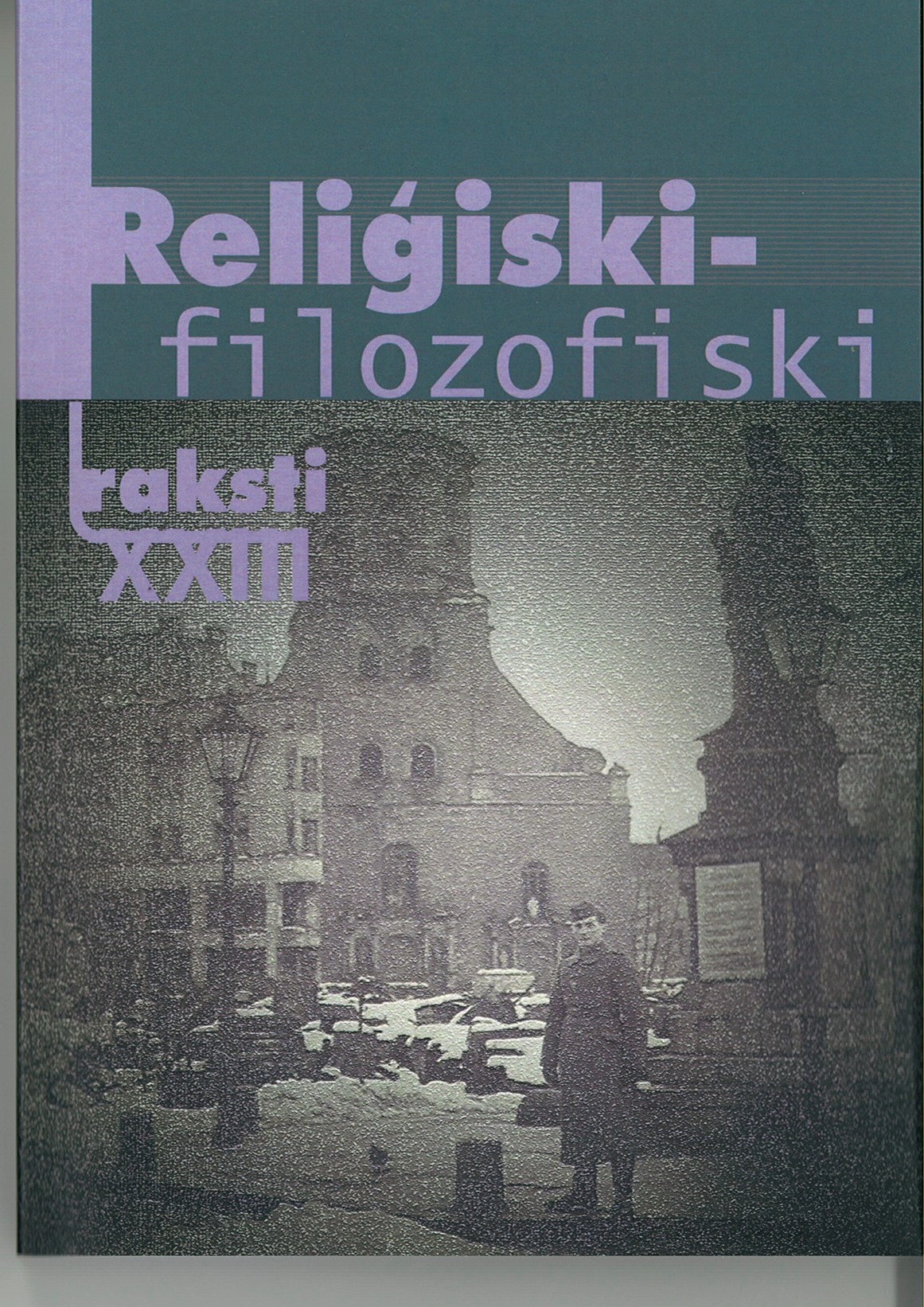Special features of the Evangelical community in the Soviet
Union: difficulties of co-existence in conditions of harassment and discrimination
Special features of the Evangelical community in the Soviet
Union: difficulties of co-existence in conditions of harassment and discrimination
Author(s): Vera Kliueva, Nadezhda BeliakovaSubject(s): Christian Theology and Religion, Politics and religion, Other Christian Denominations
Published by: Latvijas Universitātes Filozofijas un socioloģijas institūts
Keywords: Baptists; Pentecostals; religious community; communicative practices; the late USSR;
Summary/Abstract: We analyze practices of communication which were formed within the official Evangelical communities in the late USSR. Representatives of various Protestant denominations were forced to become members of the communities. Such religious heterogeneity was related to the Soviet policy, which brought similar, but theologically different denominations to coexist in a single religious and organizational space. Both compromise and conflict practices of communication were typical for either of the denominations. For example, the Pentecostals could refuse ecstatic prayer practices and participate in joint religious services, or they might consider a joint service as an opportunity to preach among the Baptists. The latter could also allow the Pentecostals to participate in the worship or to deny them such opportunity, though formally they were members of the community. The case under consideration is interesting because it shows conflict communication at the grassroots level (at the level of one church, one community) between the two “religious rivals”: the Baptists and the Pentecostals. They both perceived their coexistence in a single religious space as a forced one. Moreover, the Pentecostals, as seen by the Baptists, were a potential threat to the unity of the community because of their religious practices of baptism with the Holy Spirit and glossolalia. In addition, the Pentecostals undermined the system of official authority with their religious practices, claiming that the words of those who received the baptism of the Holy Spirit had an advantage over the statements of the senior elders and the church leaders. In turn, the Pentecostals considered the Baptists as already prepared to perceive Pentecostal ideas, and they “proselytized” among them. Moreover, so, the conflict became the most vivid form of their communication. We approach the issue of why co-existence was so difficult for the Baptists and the Pentecostals; how believers of different denominations treated each other; who initiated conflicts, what the ways to resolve a conflict were, what part religious leaders and activists played in resolution or escalation of a conflict. The primary way to resolve a conflict was a rupture of relations and secession of the Pentecostals from an officially registered Baptist community. Another way was a punishment (sometimes, exclusion from the Church membership) of certain believers who adhered to the Pentecostal creeds. At the same time, the state, which destroyed mechanisms of legal change of leadership in a religious community, performed a certain role in that situation. Of course, there were communities where the believers had no conflicts, as they managed to find an opportunity to come to a compromise, maintaining their religious identities. However, they were much less than those communities which had tensions in one way or another. Ego documents (letters and memoirs) and interviews gathered according to the Oral history method are the main sources for the analysis.
Journal: Religiski-filozofiski raksti
- Issue Year: XXIII/2017
- Issue No: 2
- Page Range: 49-68
- Page Count: 20
- Language: English

